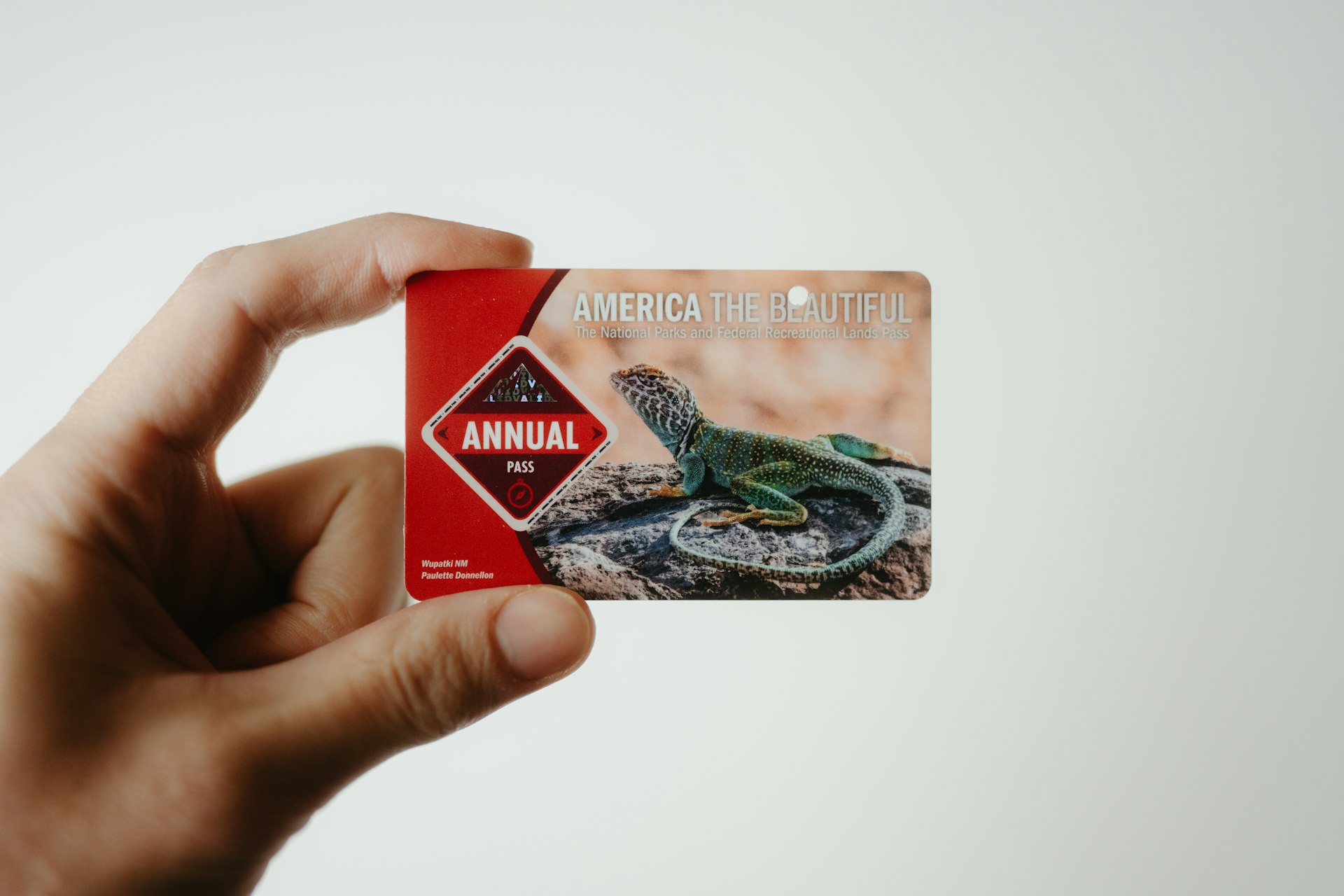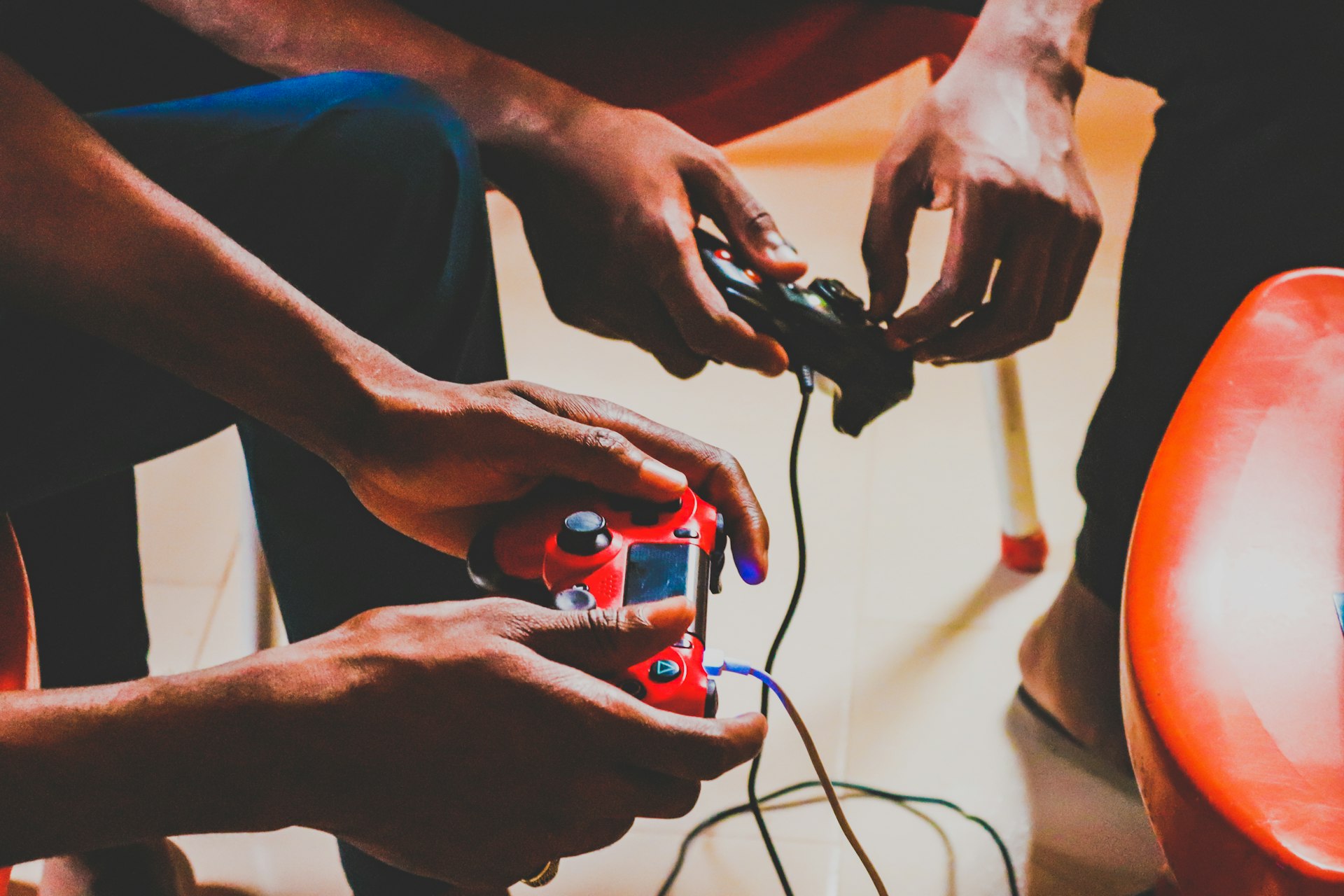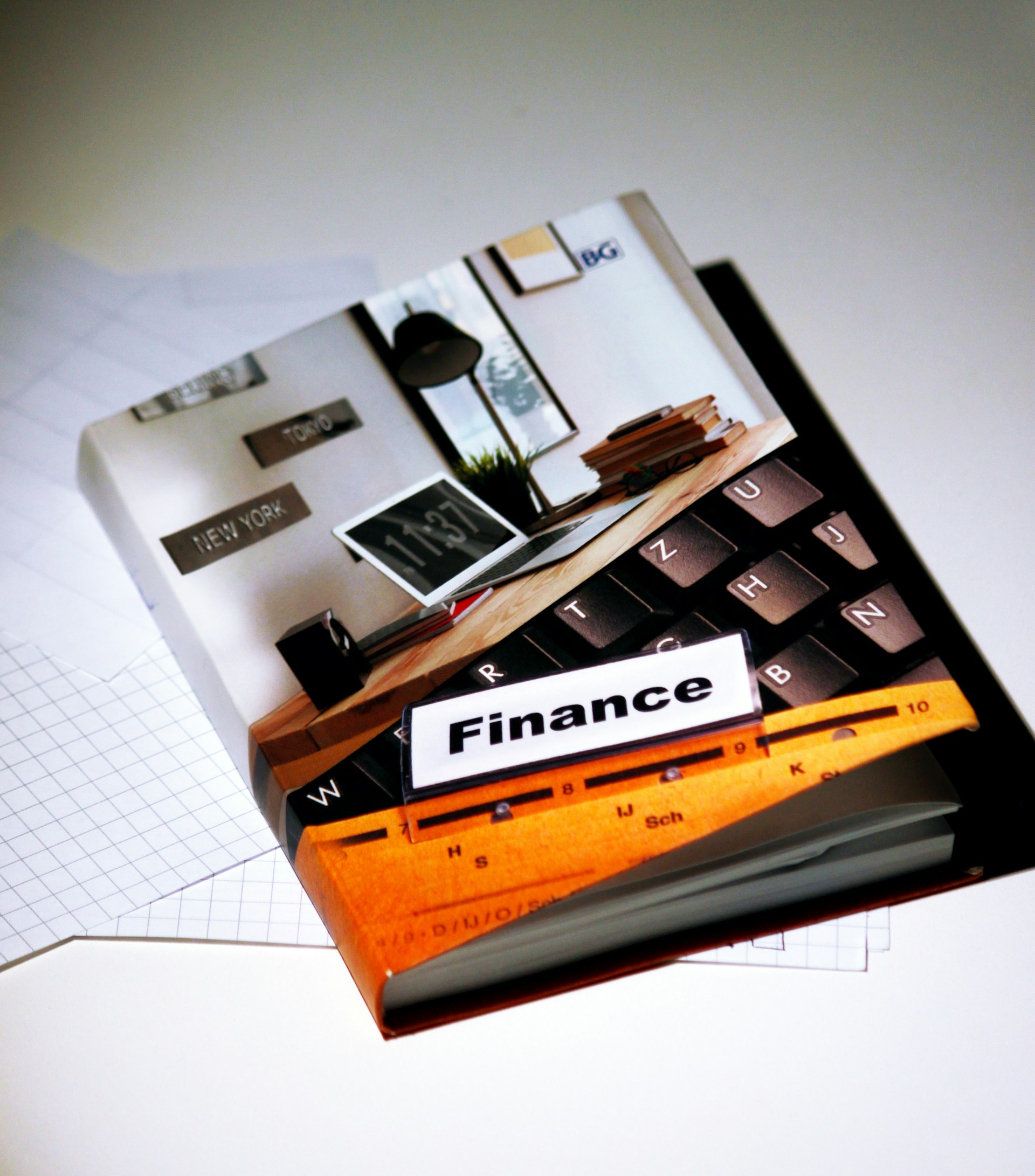Your Pathway to Becoming a Creative Director in Fashion: Steps, Skills, and Insights

Photo by Sincerely Media on Unsplash
Introduction: The Creative Director Role in Fashion
The position of creative director in fashion is a coveted leadership role that combines artistic vision, strategic thinking, and industry expertise. Creative directors shape the aesthetic direction of brands, oversee design teams, and influence trends on a global scale. While the journey is highly competitive, clear steps, skill-building, and perseverance can help aspiring professionals reach this level. This article provides comprehensive guidance on how to become a creative director in fashion, detailing the education, experience, skills, and networking required, along with alternative pathways and practical advice.

Photo by Vitaly Gariev on Unsplash
Understanding the Creative Director’s Responsibilities
A creative director in fashion is responsible for defining and executing the visual and conceptual direction of a brand or collection. This involves managing design teams, overseeing campaigns, making stylistic decisions, and ensuring brand consistency across all platforms. Duties often include:
- Leading the design and development of collections
- Supervising photo shoots, runway shows, and marketing campaigns
- Collaborating with other departments like marketing, merchandising, and production
- Staying ahead of trends and translating them into commercially viable products
- Mentoring and directing junior designers and creative staff
To excel, creative directors must balance creativity with business acumen, leadership, and the ability to communicate a cohesive vision. [1] [3]
Education: Building a Strong Foundation
Many creative directors begin their journey with a degree in fashion design , fashion merchandising , marketing , business , or a related creative field. While a formal fashion education provides technical skills and industry knowledge, it is not the only path. Some successful creative directors have backgrounds in architecture, literature, engineering, or the arts, demonstrating that diverse perspectives are valued in fashion. [1] [2]
For those without a fashion degree, consider:
- Completing short courses in fashion design, trend forecasting, or digital design
- Gaining technical skills through online platforms or community colleges
- Building a portfolio that demonstrates creativity and understanding of fashion concepts
Many employers are open to candidates with unique educational backgrounds if they bring fresh ideas and practical skills to the table.
Gaining Professional Experience: Climbing the Ladder
Most creative directors spend years progressing through various industry roles. Typical career progression includes:
- Internship: Start as a fashion design or creative department intern to gain hands-on experience.
- Assistant Designer or Junior Designer: Support senior staff, learn about workflow, and hone technical abilities.
- Senior Designer or Art Director: Take on more responsibility, lead small teams, and develop your creative voice.
- Creative Director: Oversee the creative vision and manage larger teams and projects.
The journey can take 8-10 years or more, and perseverance is crucial. Some rare examples, like Olivier Rousteing at Balmain, became creative directors in their twenties, but most professionals reach this level after a decade or more of industry experience. [1]
Alternative pathways may include experience in marketing, project management, or even roles outside of fashion that require creativity, leadership, and project execution. [2]
Essential Skills for Creative Directors
Regardless of educational background, certain skills are essential for aspiring creative directors:
- Creativity and Vision: Ability to envision and articulate new concepts, trends, and brand directions.
- Leadership: Experience managing teams, giving constructive feedback, and inspiring colleagues.
- Communication: Excellent verbal and written skills to share ideas with teams, executives, and the public.
- Attention to Detail: Meticulous approach to design, styling, and project execution.
- Trend Awareness: Commitment to continuous research and staying current with fashion movements.
- Business Acumen: Understanding of brand positioning, market dynamics, and the business side of fashion. [3]
You can develop these skills through a combination of work experience, mentorship, and self-directed learning.
Networking and Building Industry Connections
Networking is crucial in the fashion industry. Many creative directors build their reputations and opportunities through strong professional relationships. Consider these strategies:
- Attend fashion shows, trade fairs, and industry events to meet peers and potential employers.
- Join professional organizations or online communities focused on fashion and creative leadership.
- Stay in touch with colleagues, mentors, and collaborators from internships and previous roles.
- Use platforms like LinkedIn and Instagram to showcase your portfolio and connect with industry insiders.
Strong networks often lead to job referrals, collaborations, and guidance throughout your career. [3]
Step-by-Step Guide: How to Become a Creative Director in Fashion
- Assess Your Interests and Skills: Reflect on your passion for fashion, creativity, and leadership. Identify areas to strengthen.
- Pursue Relevant Education: Enroll in a degree or certificate program in fashion design, business, marketing, or a related field. Alternatively, pursue self-directed learning and develop a strong portfolio.
- Gain Practical Experience: Apply for internships, entry-level positions, or freelance opportunities. Seek roles that allow you to learn from experienced professionals.
- Progress Through the Ranks: Take on increasing responsibility, seek mentorship, and demonstrate initiative. Document your achievements and creative projects.
- Develop a Portfolio: Create a professional portfolio showcasing your design work, campaigns, and leadership experience. Update it regularly to reflect your evolving style and skills.
- Network Strategically: Attend events, join organizations, and connect with industry leaders. Build a reputation for reliability, creativity, and professionalism.
- Apply for Creative Leadership Roles: Look for opportunities to lead teams or projects, even in small capacities. Apply for art director or senior designer positions as stepping stones.
- Continue Learning: Stay updated with industry trends, new technologies, and leadership strategies. Seek feedback and adapt your approach as the industry evolves.
There is no single path to becoming a creative director. Persistence, adaptability, and a commitment to lifelong learning are key drivers of success. [1] [2]
Alternative Pathways and Considerations
While many creative directors start in design, alternative pathways exist:
- Marketing & Communications: Experience in brand storytelling, campaign management, or public relations can be leveraged for creative leadership roles.
- Business & Project Management: Skills in operations, budgeting, and strategic planning are valuable for overseeing complex creative projects. [3]
- Technology & Digital Media: Digital design, user experience, and e-commerce are increasingly important, opening new doors for creative direction.
If you lack direct fashion experience, look for ways to demonstrate transferable skills and a genuine passion for creative leadership.
How to Access Opportunities and Advance Your Career
To access creative director opportunities in fashion:
- Research available positions with leading fashion houses, magazines, marketing agencies, and retailers. Use job boards like Indeed , LinkedIn , and official company career pages.
- Prepare a tailored resume and cover letter highlighting relevant experience, leadership, and creative achievements.
- Develop a robust online presence-your digital portfolio and professional profiles should showcase your vision and versatility.
- Seek mentors within the industry who can provide feedback, advice, and introductions.
- If you aspire to start your own brand, research entrepreneurship resources, business plans, and mentorship programs offered by industry organizations or local business incubators.
If you encounter barriers or need more guidance, consider reaching out to industry associations, alumni networks, or career counseling services at educational institutions. Many offer resources, workshops, and job placement support.
Potential Challenges and Solutions
The journey to creative directorship is demanding. Challenges include intense competition, evolving trends, and balancing creativity with business goals. Solutions include:
- Continuous Learning: Stay updated on trends, tools, and industry shifts.
- Resilience: Accept setbacks as learning opportunities and persist through challenges.
- Adaptability: Embrace new ideas, technologies, and feedback from diverse sources.
- Networking: Build and maintain relationships to uncover opportunities and gain support.
Remember that each creative director’s path is unique. Success depends on a combination of skills, experience, determination, and the ability to seize opportunities as they arise. [1]
References
MORE FROM savvysc.com













